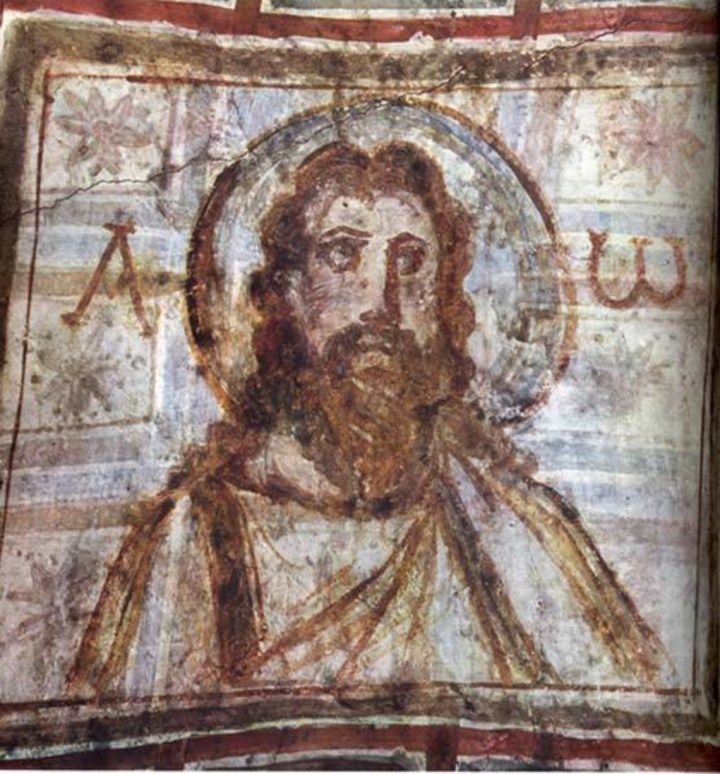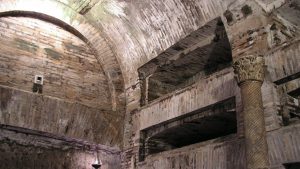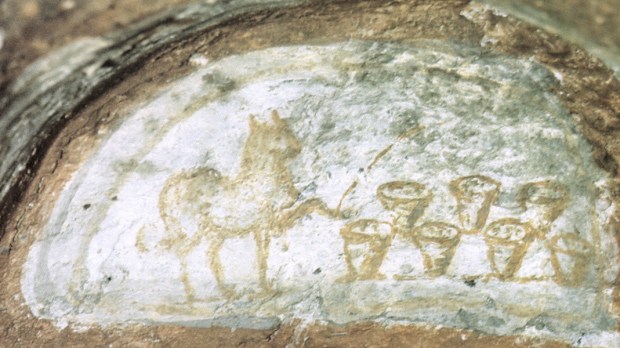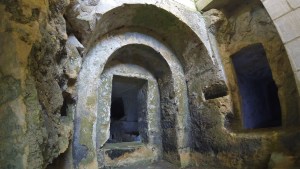The Catacomb of Commodilla was discovered in the 18th century. Located near the church of Saint Paul at the Three Fountains (the place where tradition holds St. Paul was martyred), this ancient Roman catacomb will open to the public for the first time ever, as announced by the Pontifical Commission of Sacred Archeology, as part of the inaugural events of the Jubilee of 2025.
Built in the 4th century, Commodilla is notable for the kind of frescoes we already know from other catacombs, which are exemplary works of early Christian art. Chris Petitt’s article on Medievalists explains that the scenes found in this catacomb include one of the earliest images of a bearded Christ, Peter’s denial, Moses striking the Rock, and different representations of early Christian martyrs together with Peter, Paul and Stephen or alongside the Madonna and Child.

The Pontifical Commission’s statement does not include the exact date of the opening. It does not explain whether these catacombs will be, from then on, open to the public on a regular basis. In fact, only five catacombs in Rome are open daily (out of some 35 to 60 different catacomb sites; the number depends on how one defines what a “catacomb” is). All the others are accessible by special permit, or open for certain occasions. The most visited ones are those of San Callisto, San Sebastiano and Santa Domitilla, on the southern side of Rome near the Via Appia.
Petitt’s article also notes that “in addition to the frescoes, which were produced at different times within the early Middle Ages, a variety of written evidence demonstrates that the catacomb of Commodilla was a much-frequented site within the spiritual landscape of Rome.” This is rather common in archaeological sites: ancient graffiti can oftentimes be found. In Commodilla, inscriptions left by early pilgrims are witness to the importance these burial and liturgical sites already had for early Christian communities.



